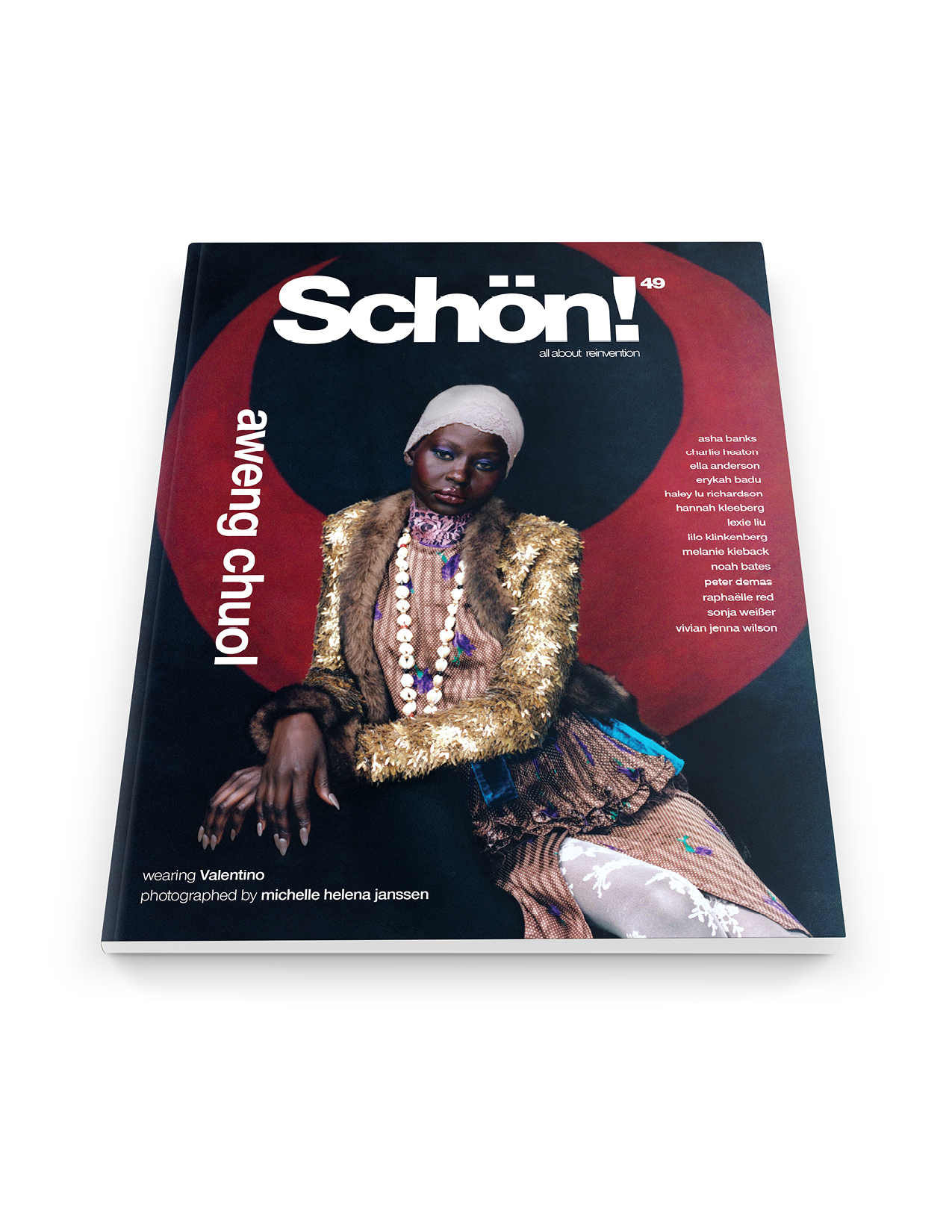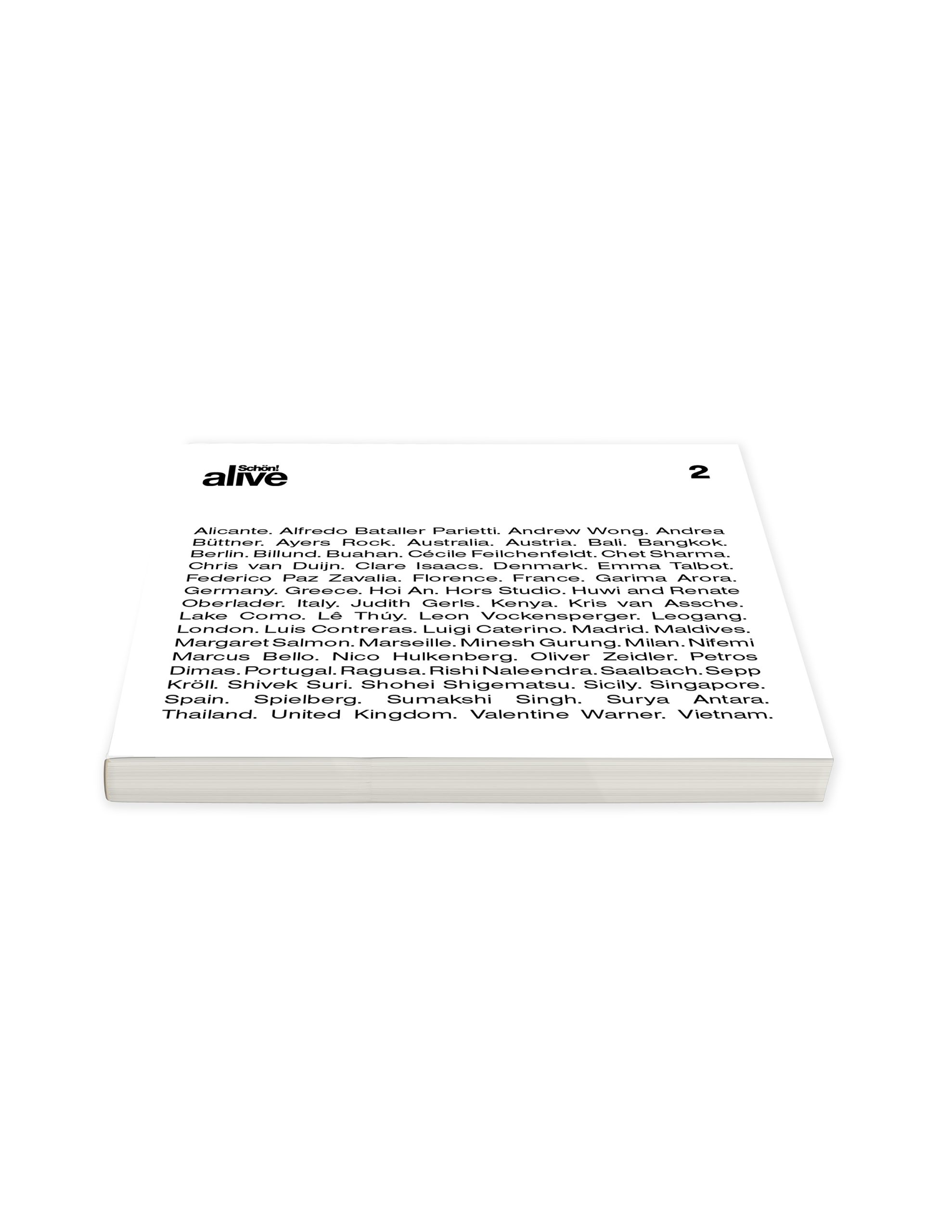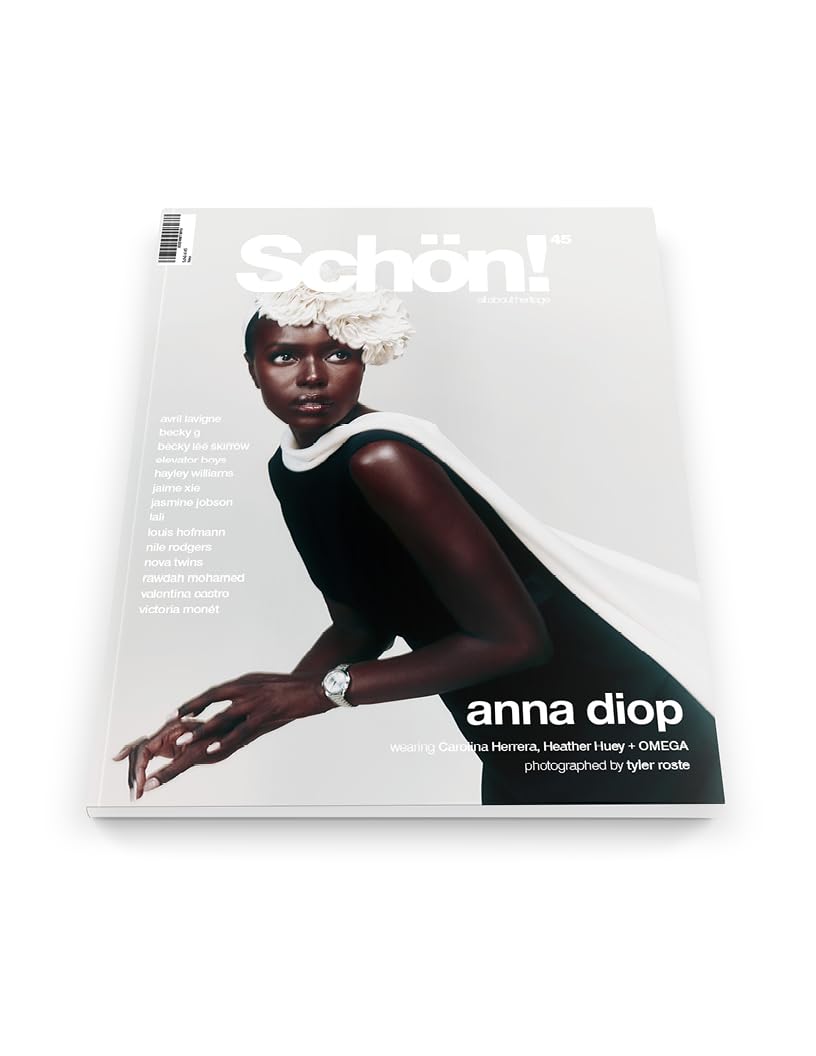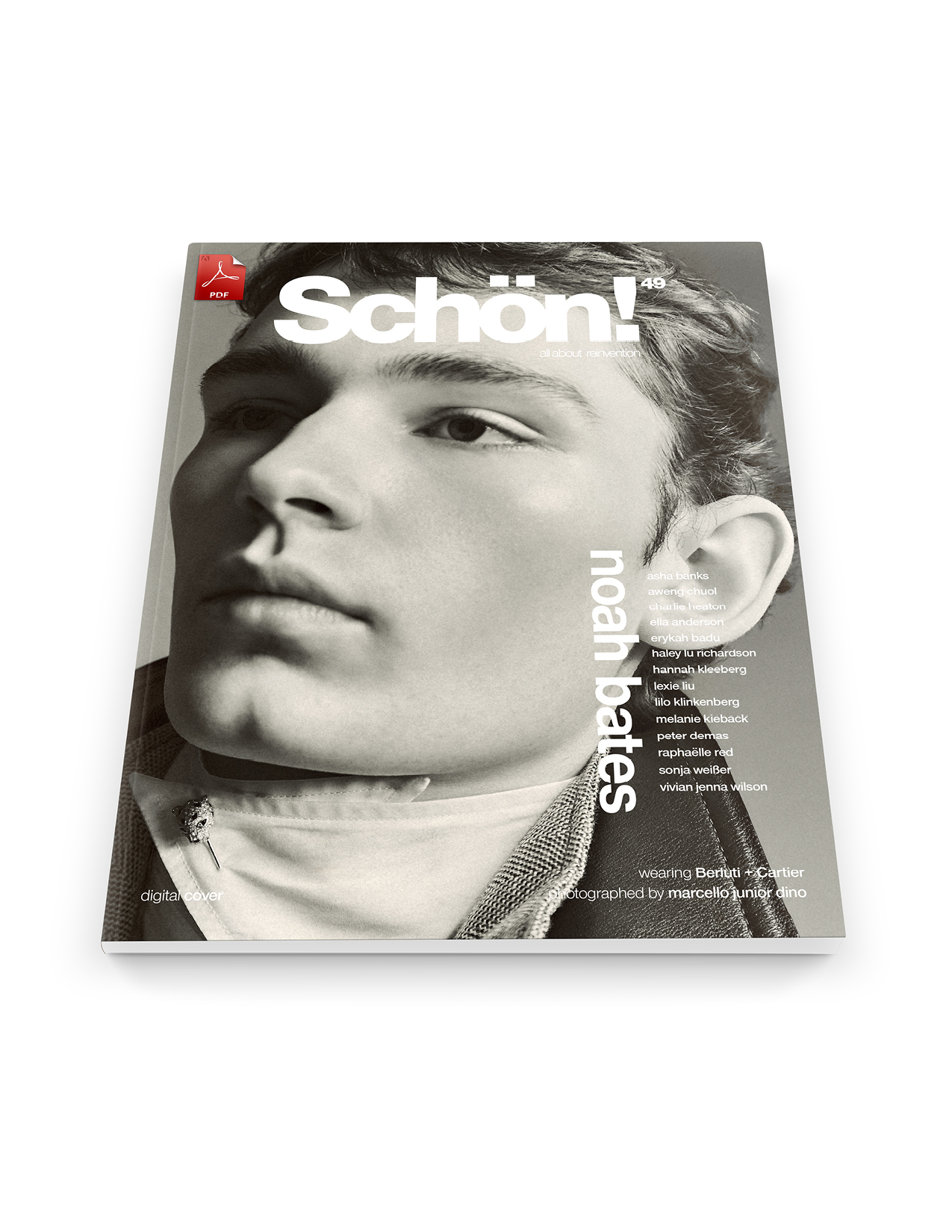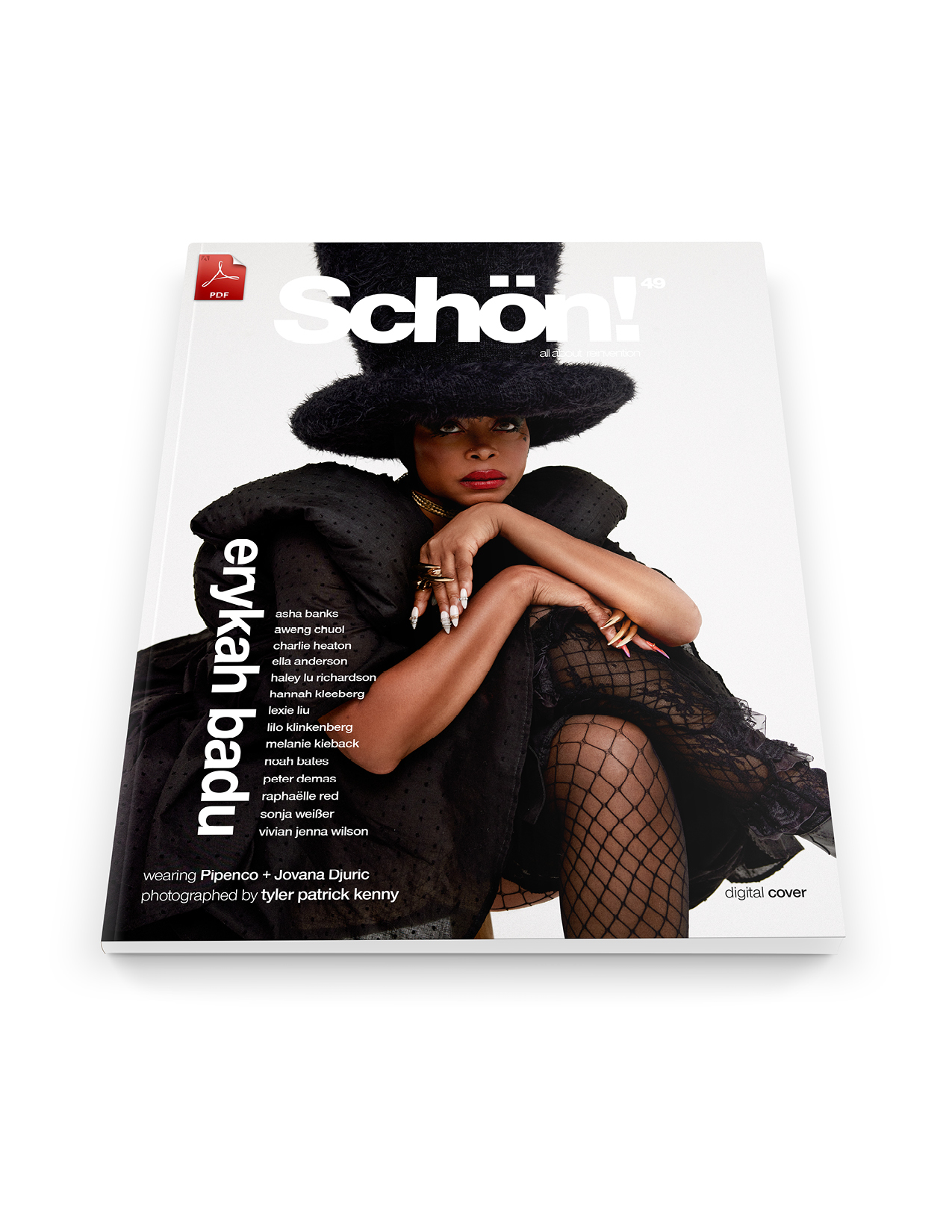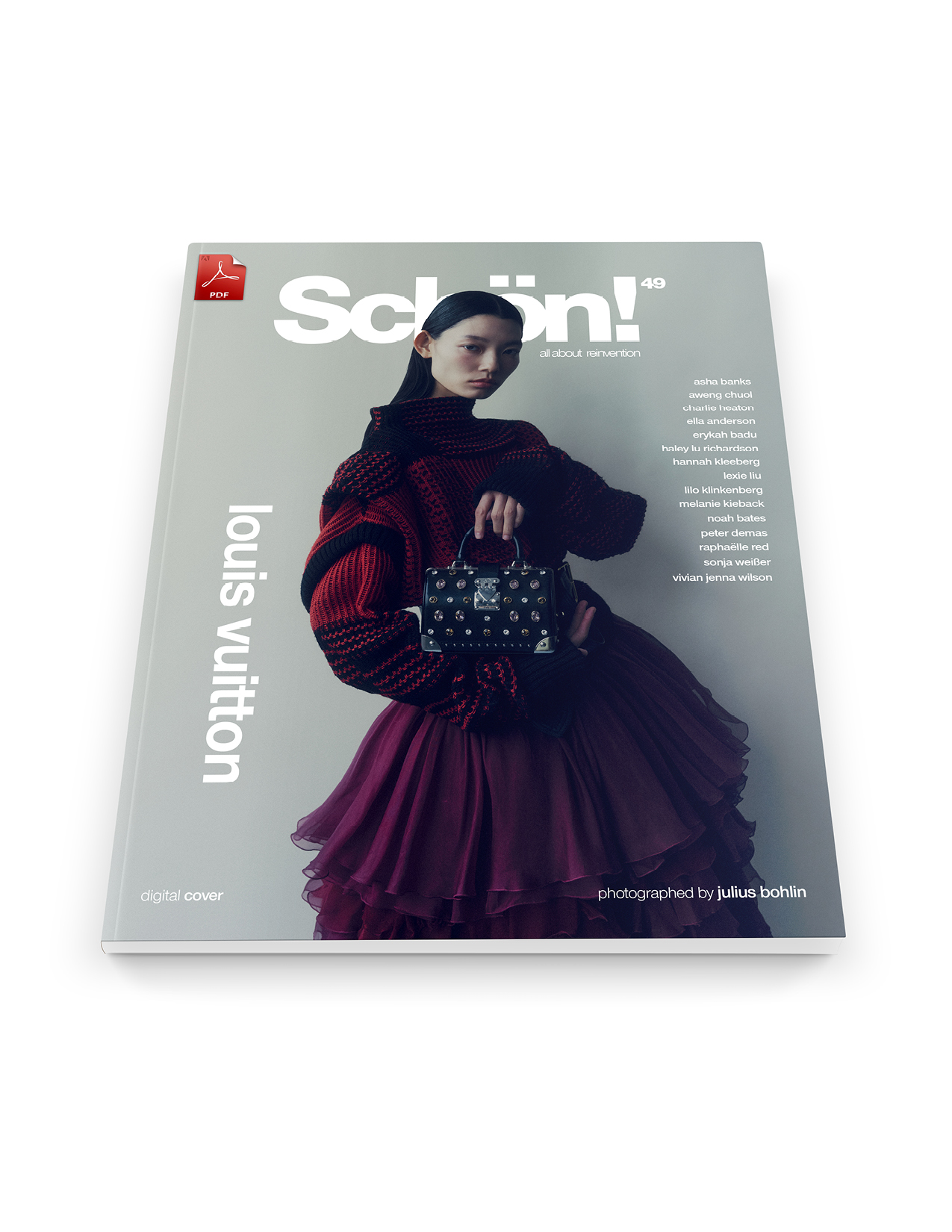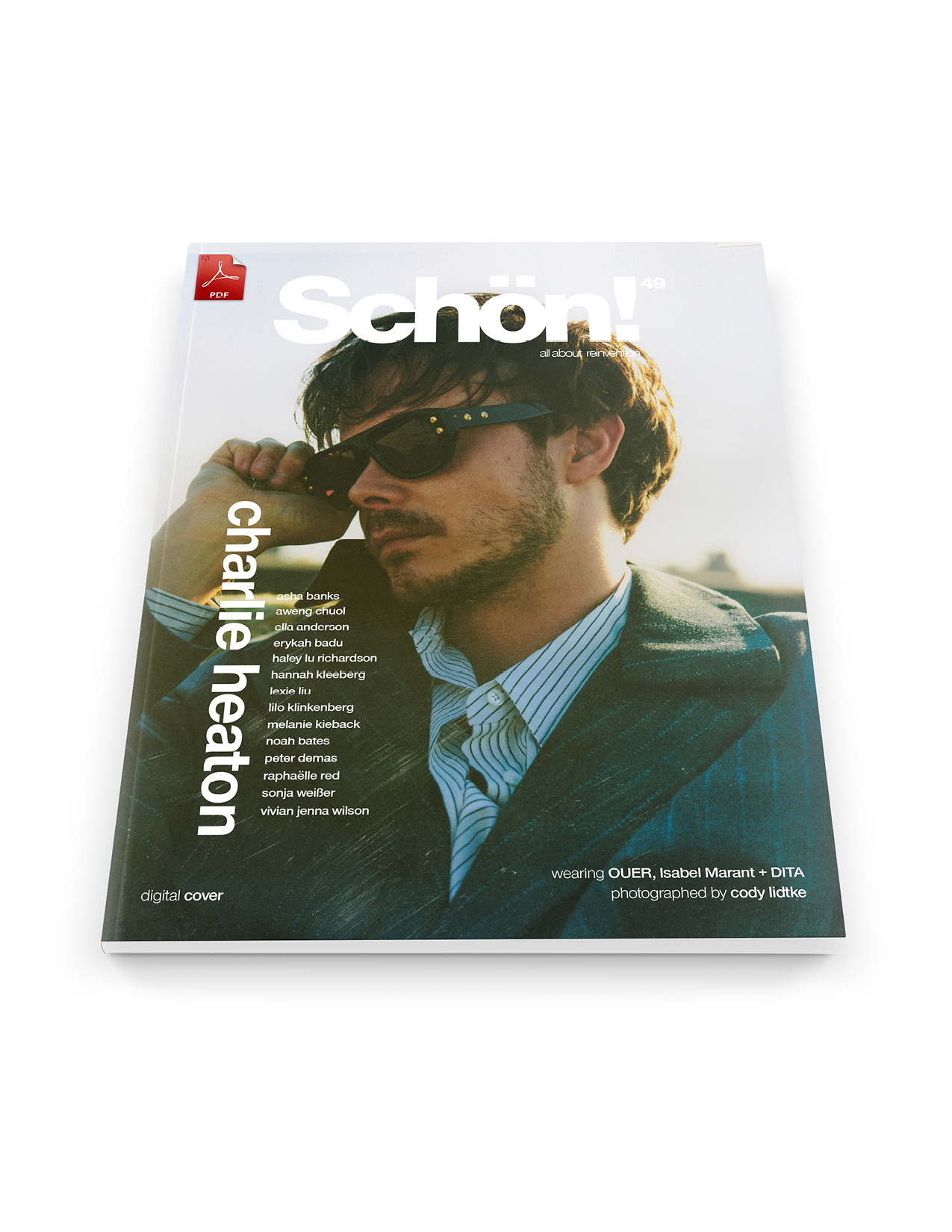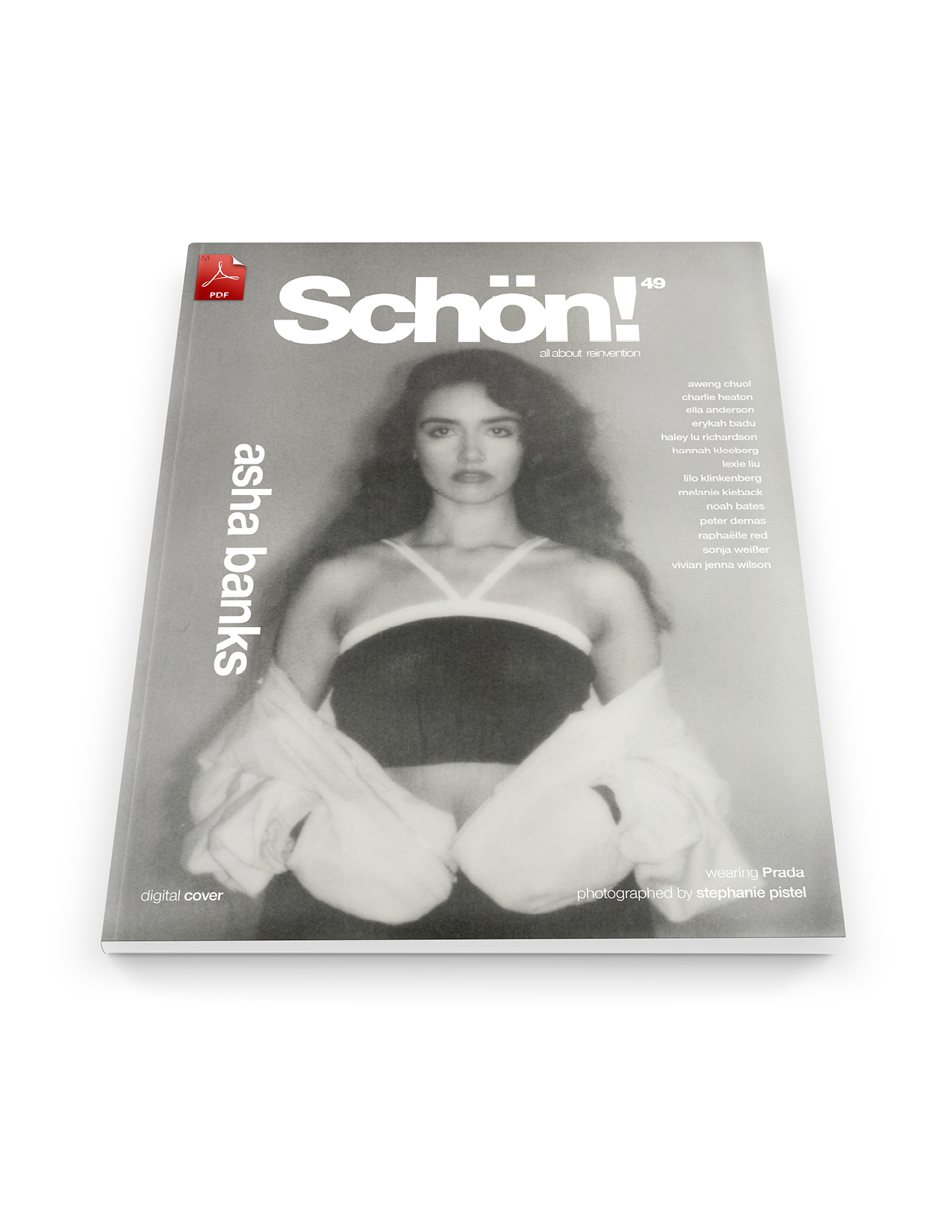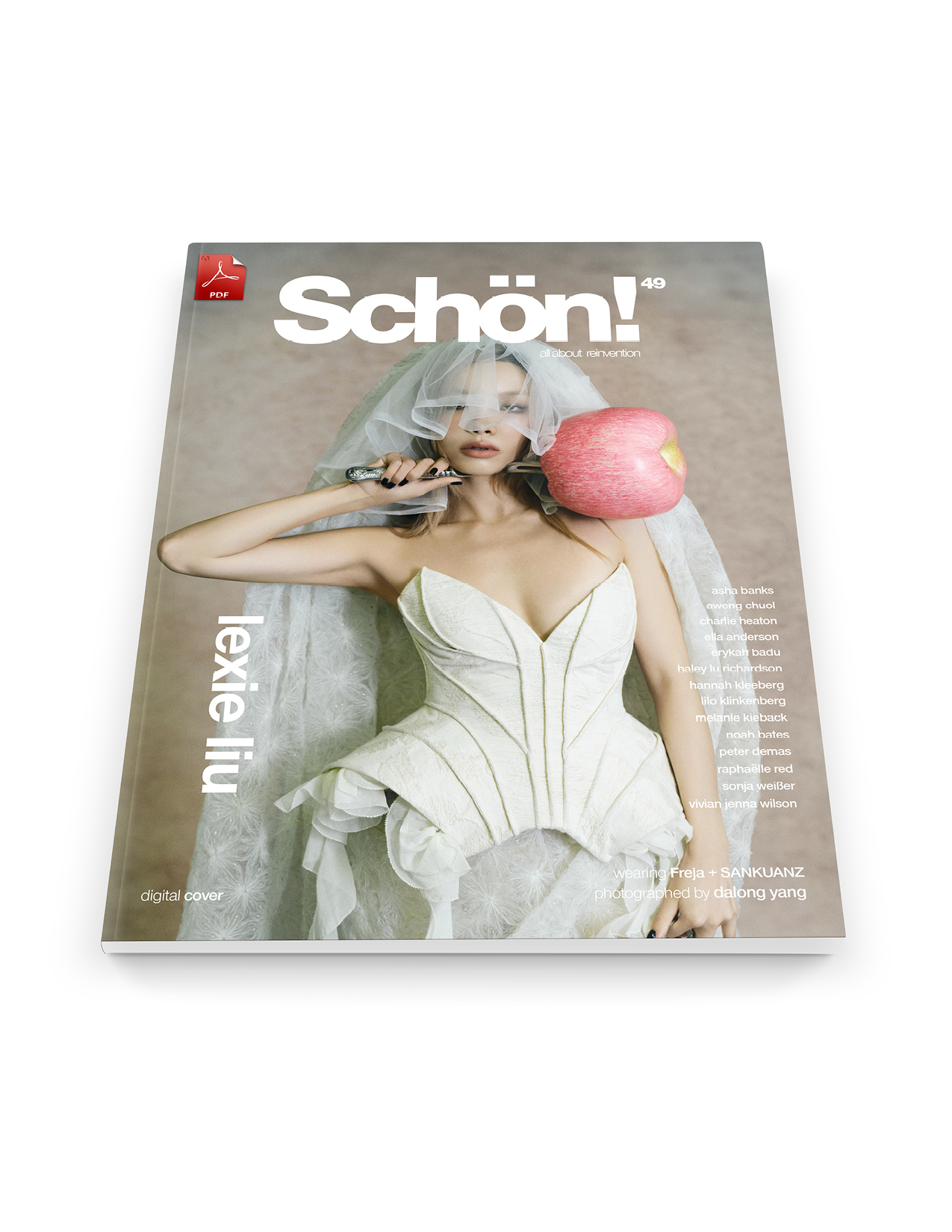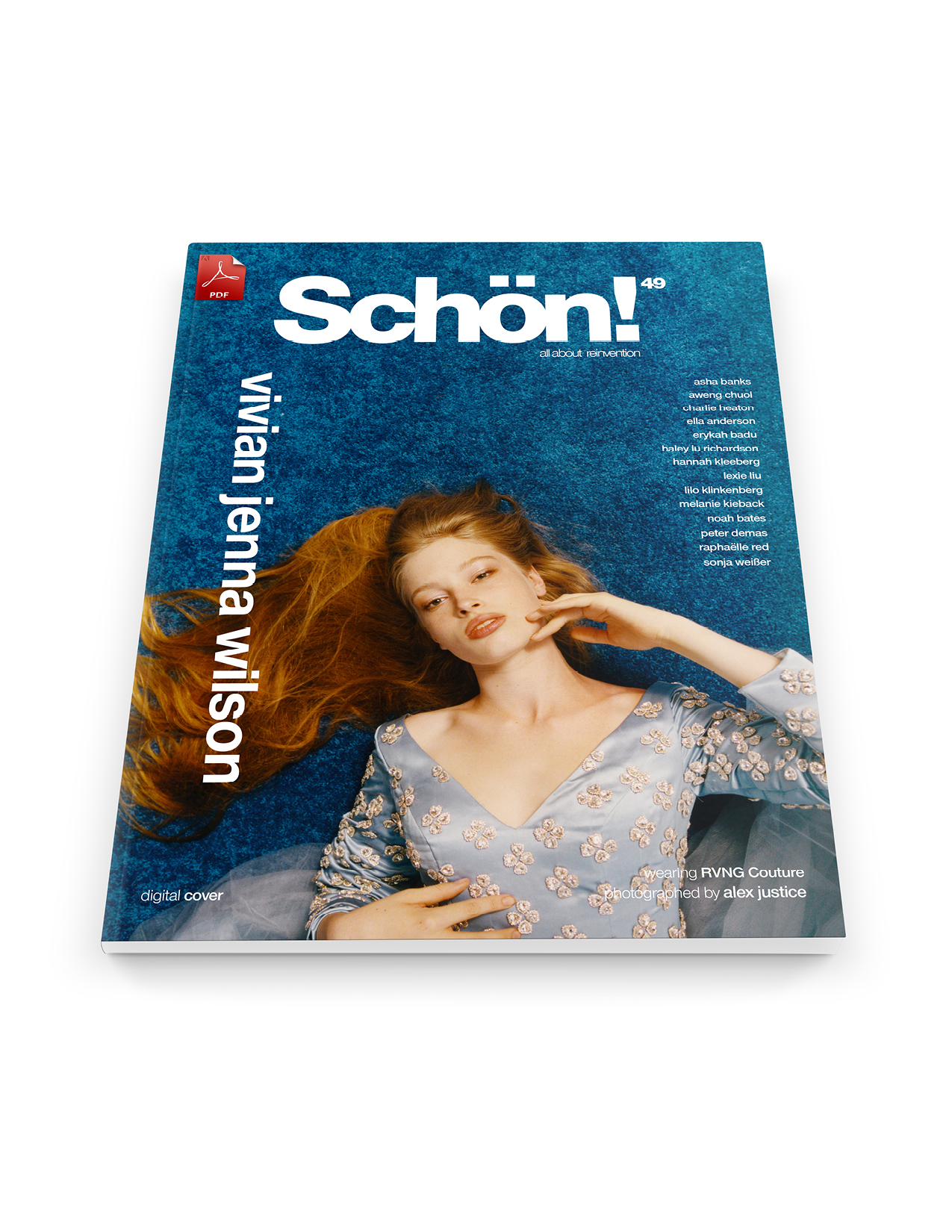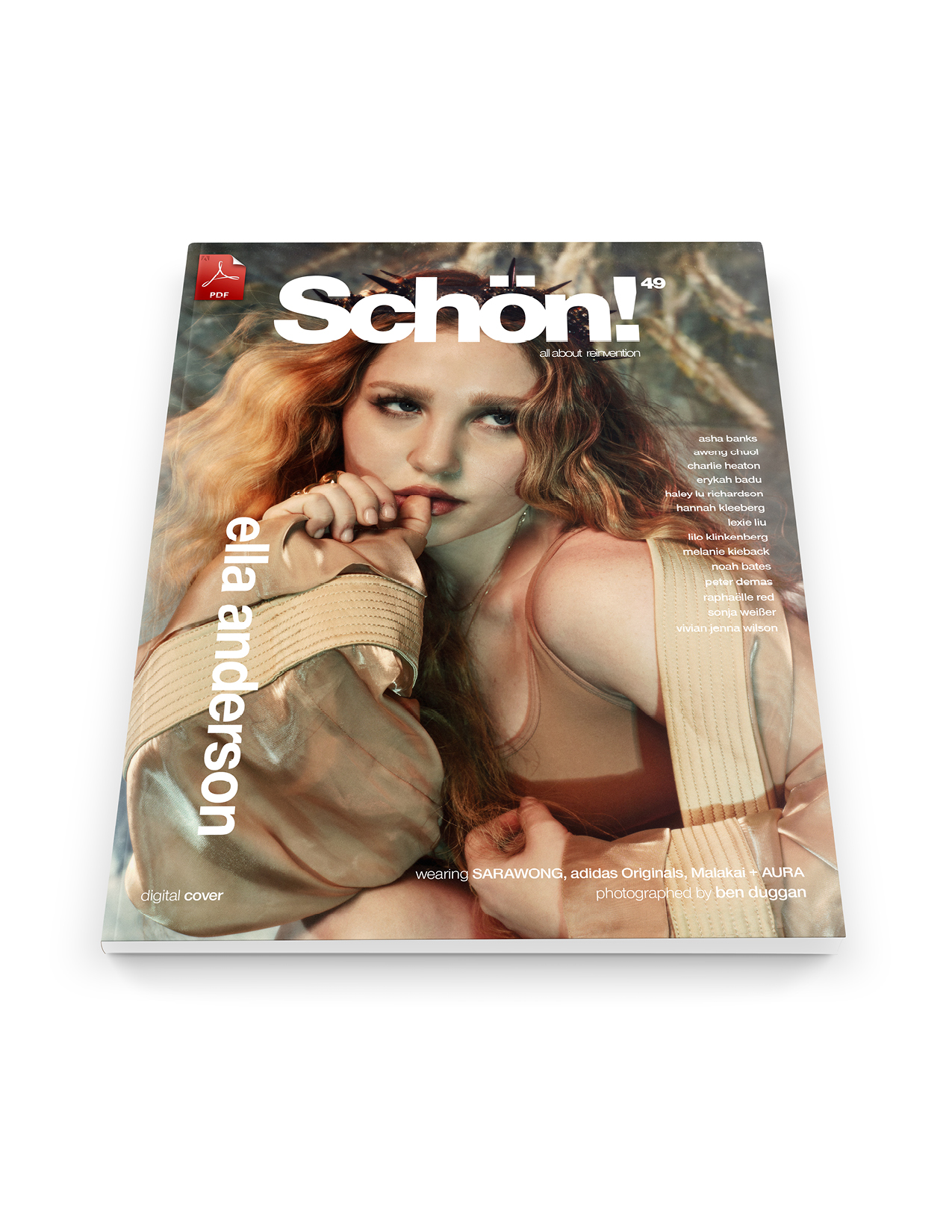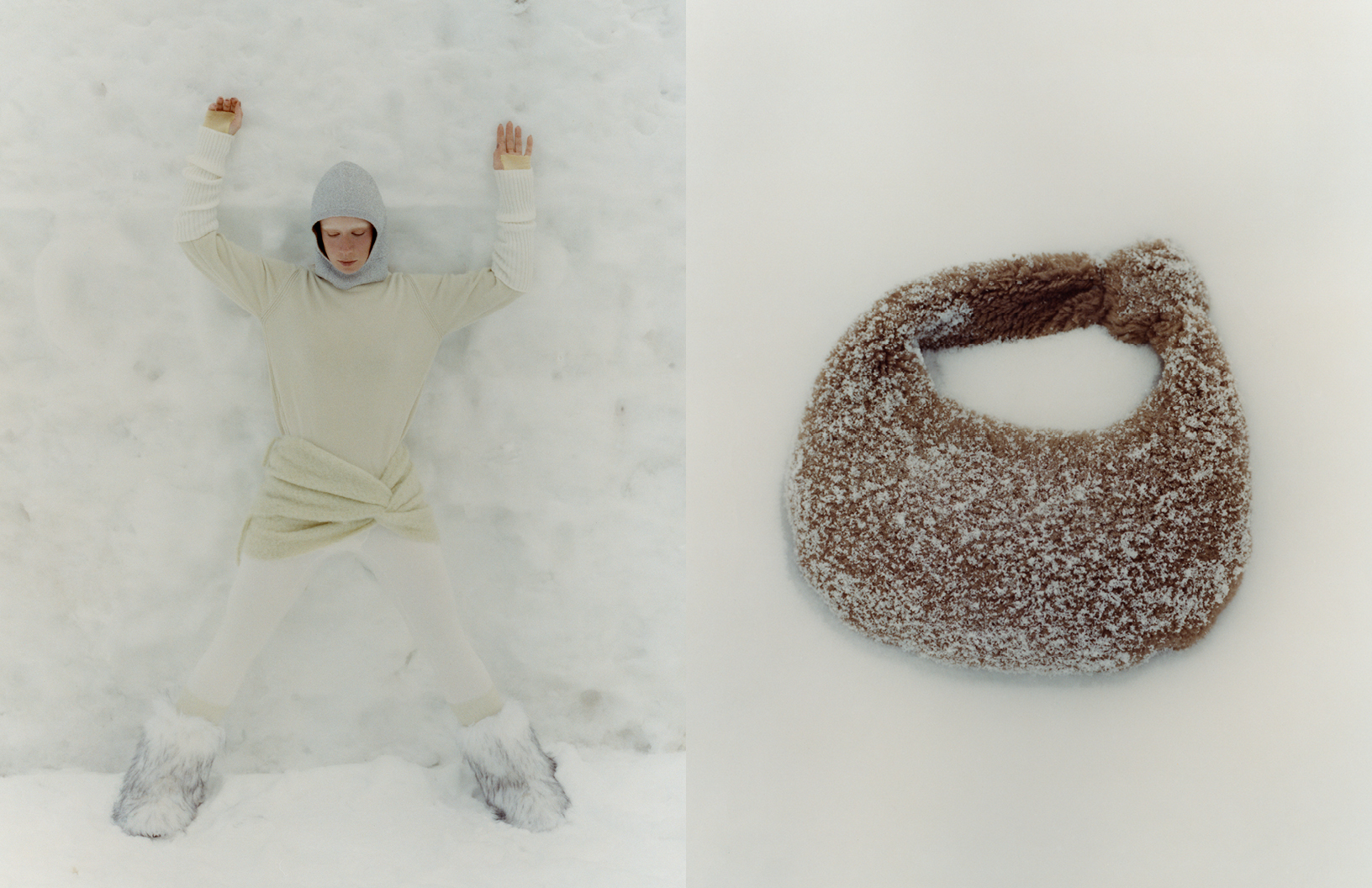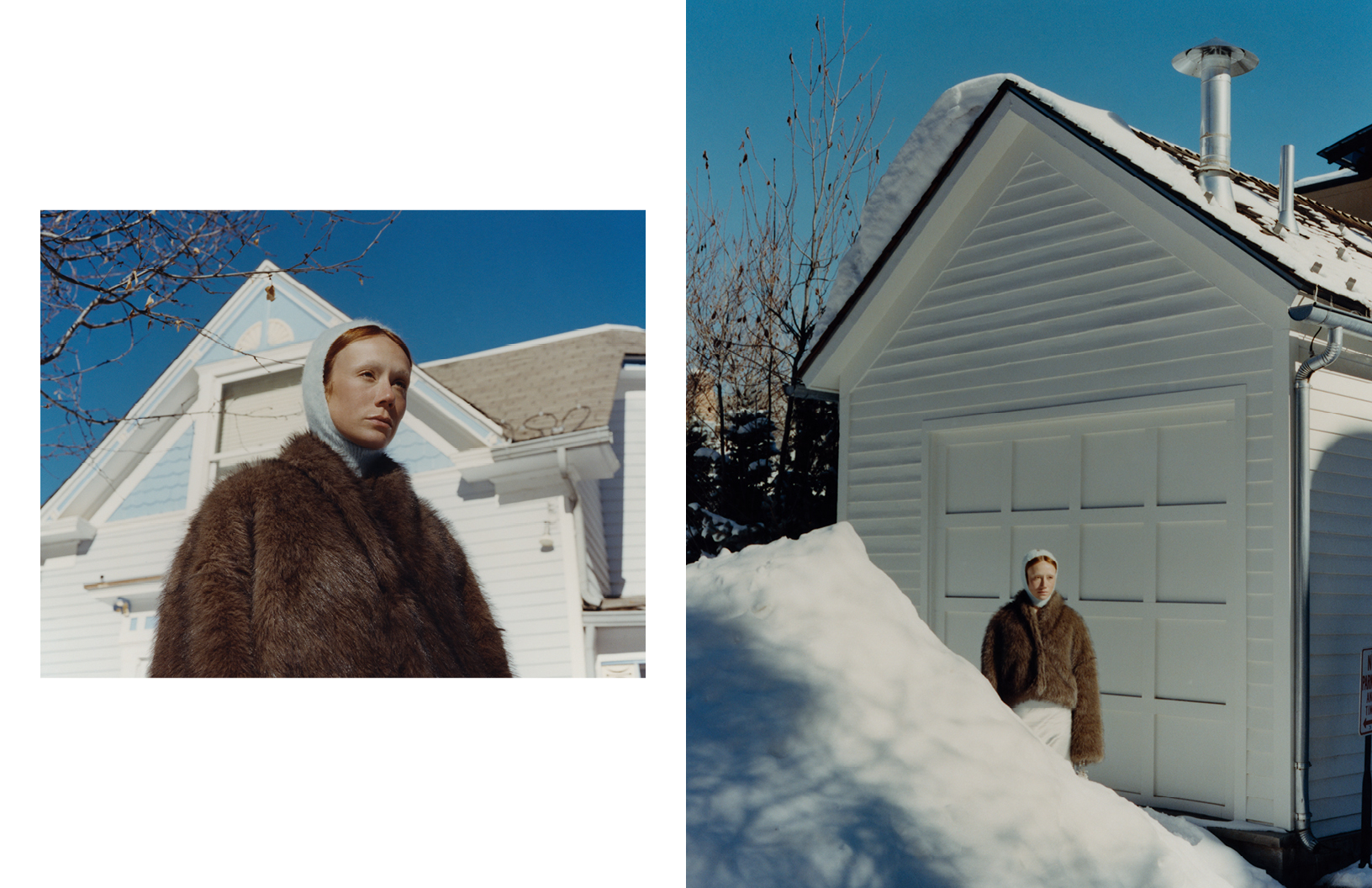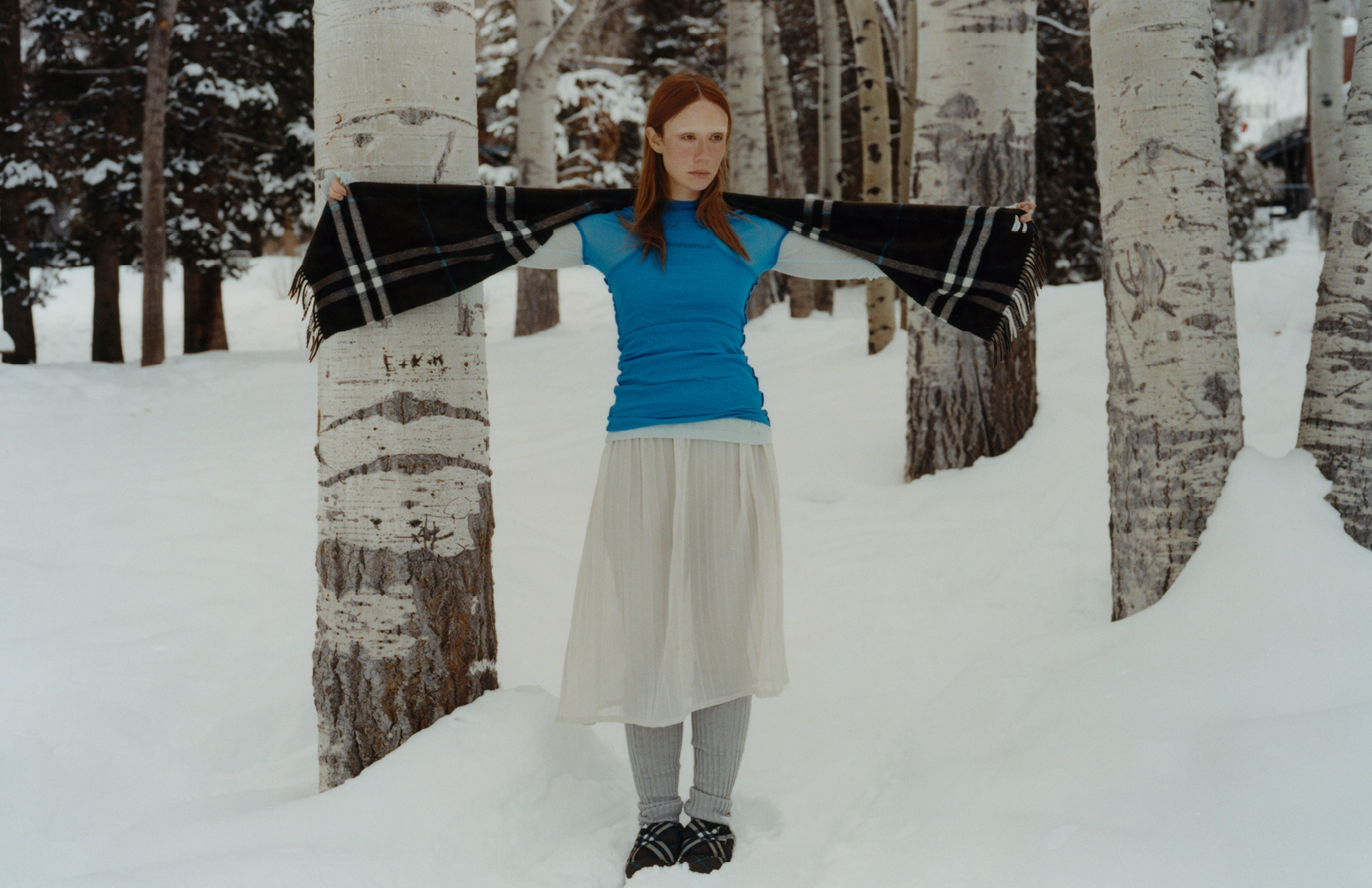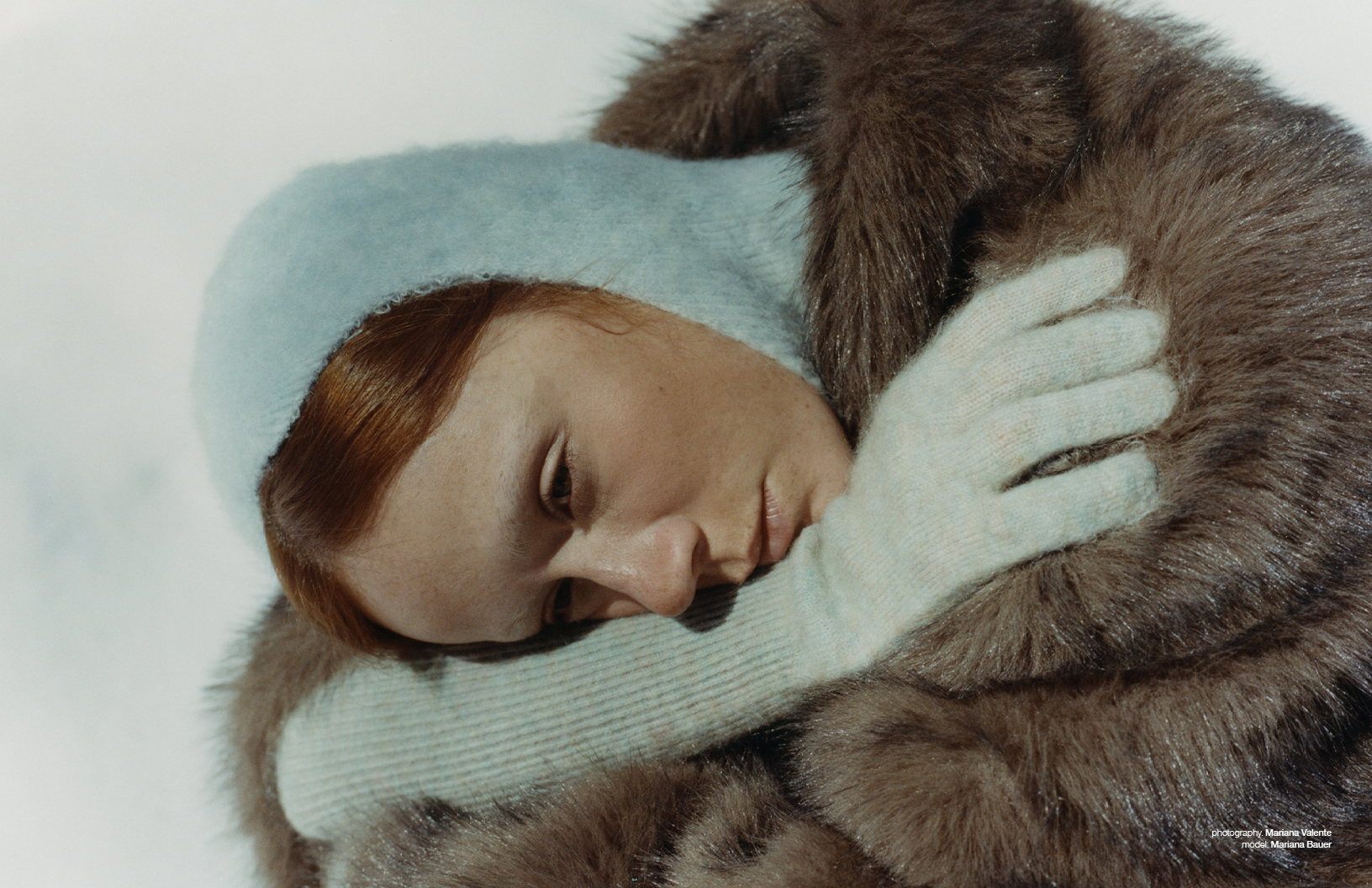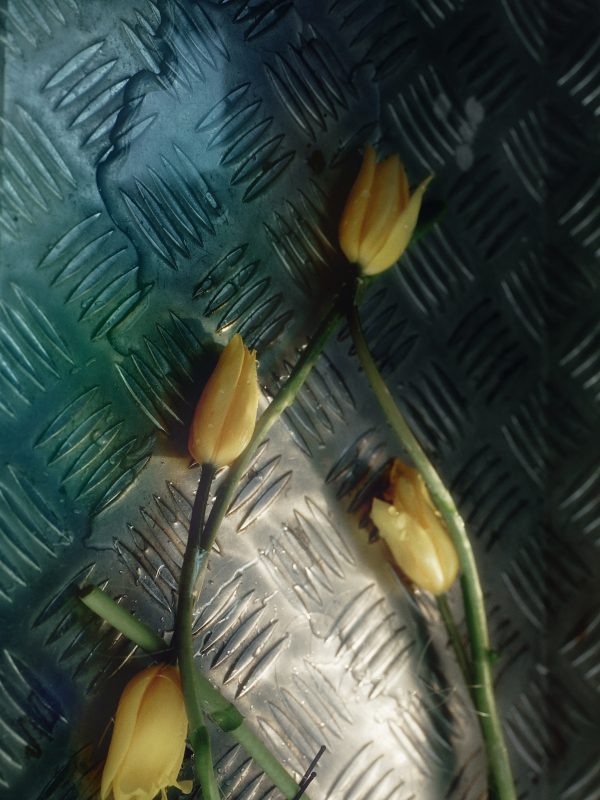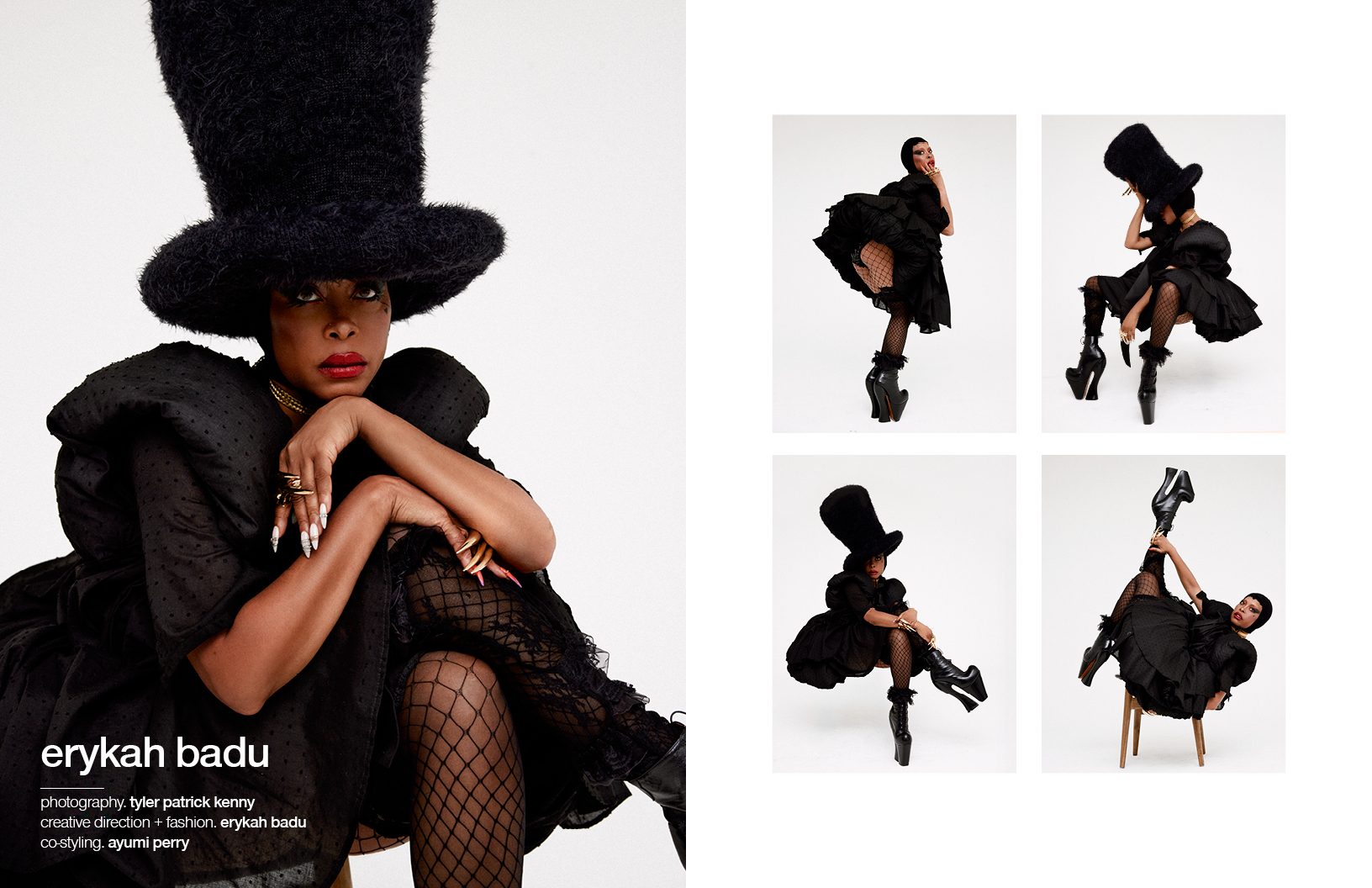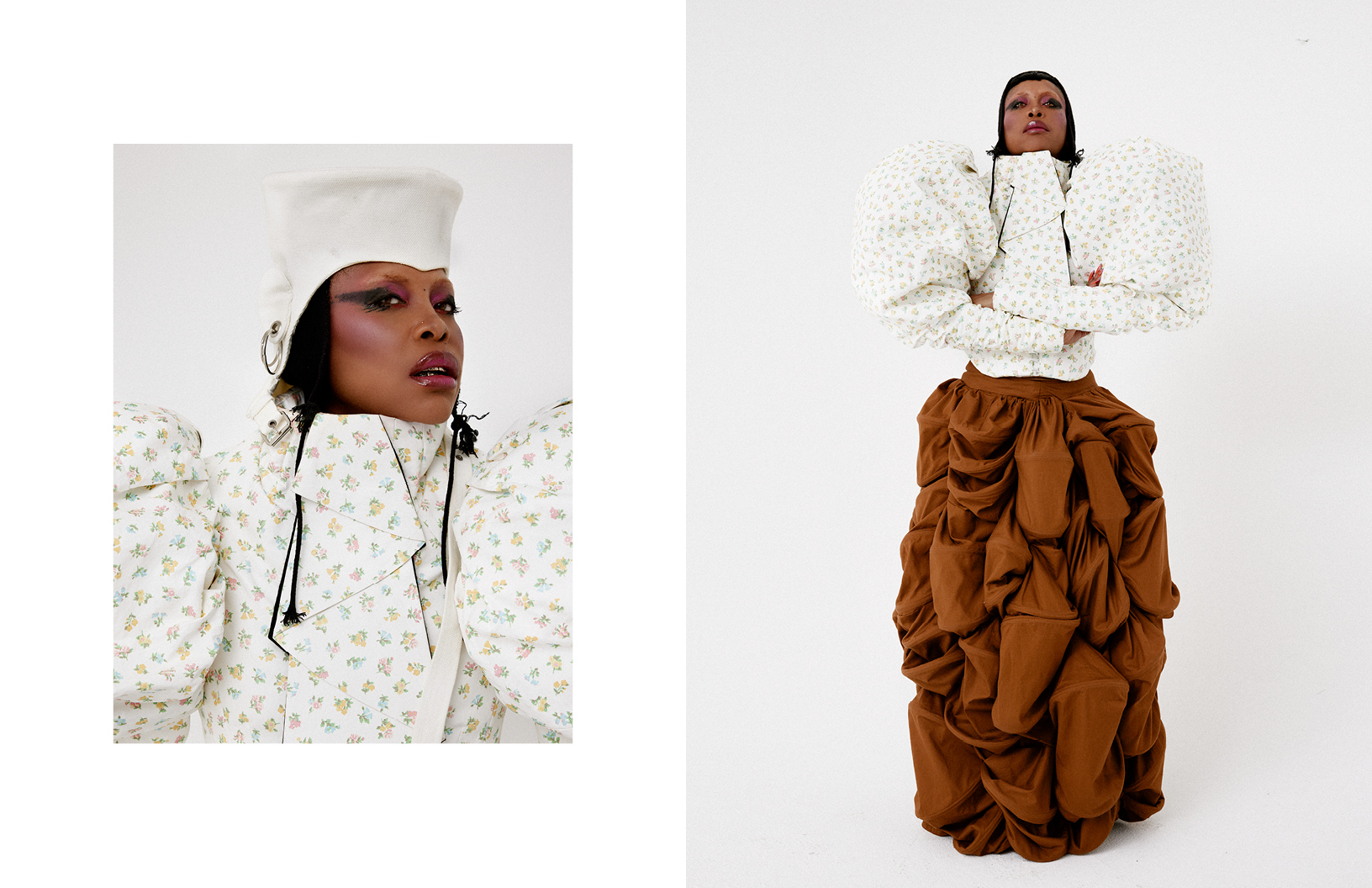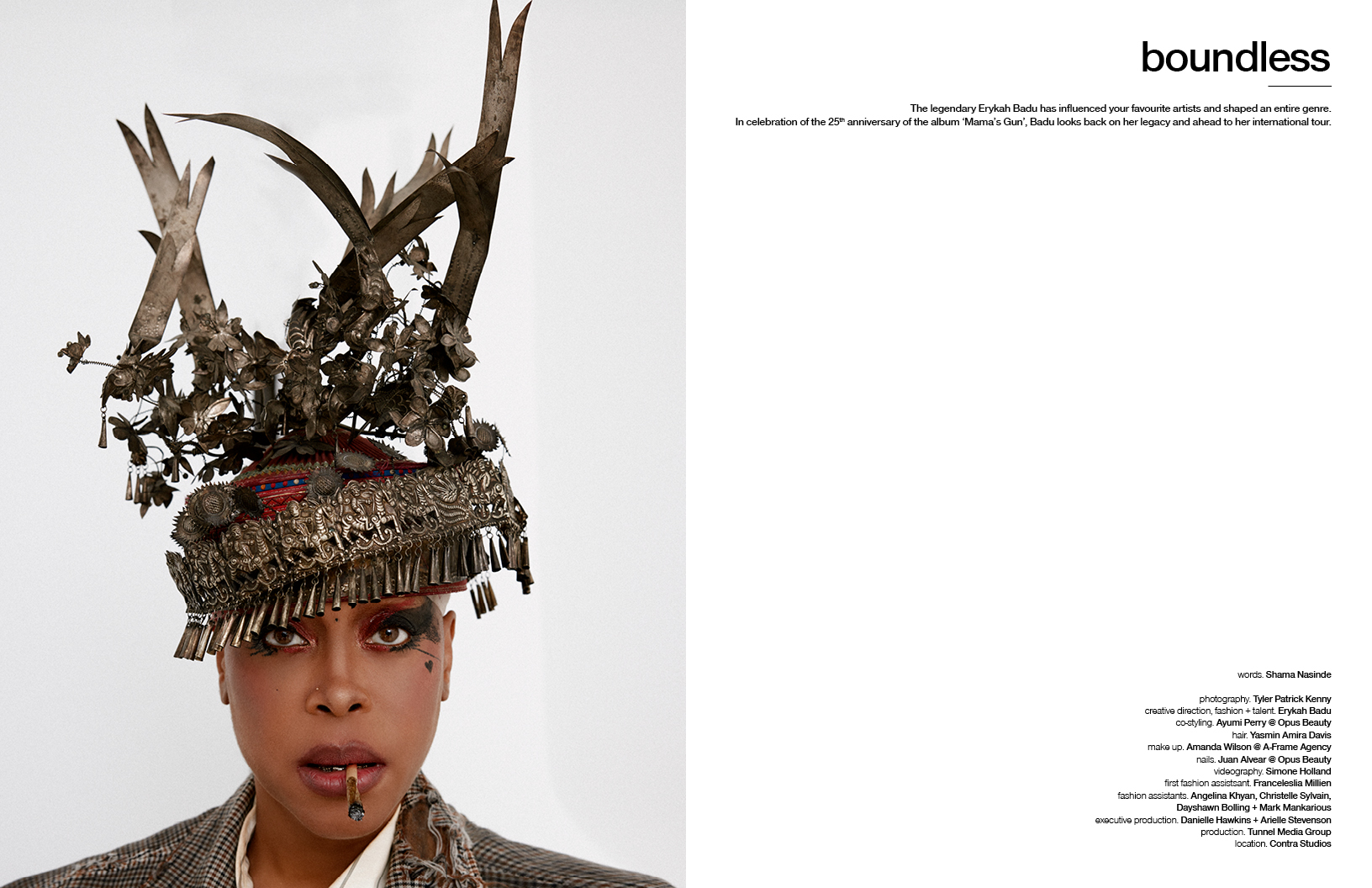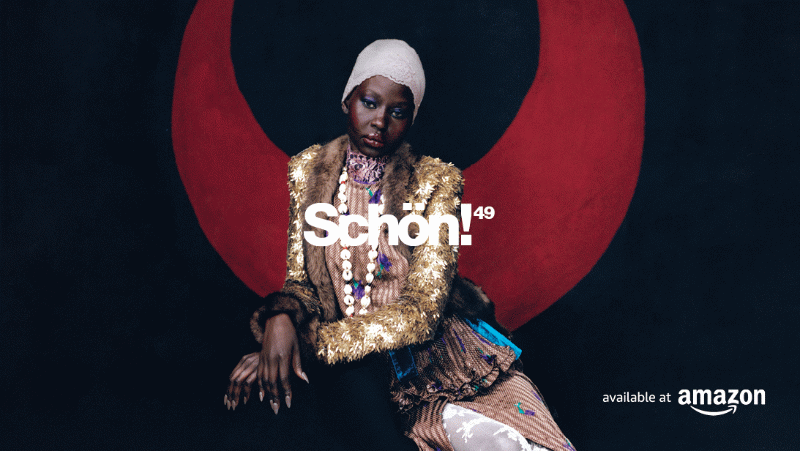Even in the depths of late winter, the sun shines on Barcelona and the beautiful Casa Llotja de Mar, which was the setting for the 17th edition of 080 Barcelona Fashion. The ancient building was a fitting venue given its centuries as a centre for Catalan trade, art, architecture and, now, fashion. From 1st to 5th February, its gothic and neoclassical halls housed shows by 31 local and international designers. They included some of the region’s freshest young talent, but for now we focus on the brands that have already proved that they can go the distance.
When brothers Custo and David Dalmau created Custo Barcelona in the early ‘80s, they were inspired by Californian surfer style, so it is no surprise that for autumn/winter 2016, their collection has a swinging ‘60s/’70s vibe. For the ladies, polo necks, miniskirts, hipster flares and tunic, shift and maxi dresses were teamed with square heeled ankle boots and large, graphic eyewear. Gentlemen were attired in slim, slightly cropped trousers and leopard print sweaters or jackets with oversized lapels. Although known for riotous colour, this season Custo toned it down, showing predominantly black, brown and grey garments, or plum and aubergine, interspersed sparingly with splashes of brighter purples, orange and midnight blue.

VM by La Siberia
If fur is more your thing, then VM by Sibèria is an exciting brand to watch although, having been founded in Siberia in 1891, perhaps you’re familiar with it already. Very much a family business (headed up now by the fourth generation), there’s not much that VM doesn’t know about fur. Combining expert craftsmanship with a healthy dose of innovation, it has come up with a very sumptuous but modern collection for both men and women featuring long haired fur and leather combined with knitwear in not only coats and jackets, but also capes and ponchos, catsuits and backpacks and possibly the warmest wedding dress of all time!
Heritage brand Lupo Barcelona was born in the modernist era of Miró and Gaudí, initially as an atelier making chests, suitcases and leather accessories for high society, followed by handbags and then ready-to-wear. This season, the collection takes inspiration from the architecture of Barcelona and the dichotomy of nature versus the city, but above all, it’s a luxurious, chic and wearable offering that many women will covet. There are flared, tailored skirts and trousers, pussy bow blouses and long, floaty dresses, but also casual pieces such as an oversized knits, and several sporty elements such as quilted denim, hoodies and drawstring details. It’s all tied together with a subtle colour palette of ochre, khaki, indigo, aubergine and powder pink.
Another label that has been going strong for decades is Naulover, which was created in 1975. Produced locally and best known for knitwear, today it’s led by Carme Noguera, Creative Director and the daughter of its founder. This season, the collection was both elegant and playful, with an emphasis on ‘geek chic’. Grown up and lady-like classics, such as a checked skirt suit, boxy tweed jacket or polo neck jumper, were given a new lease of life using clashing colours and prints, and accessorized with oversized scarves in checks and stripes, wrist warmers in coral and canary yellow, pompom earrings in hot pink and an array of mismatched brooches. The nerd factor was ramped up with mannish brogues and trainers and owl-like jewelled glasses (perhaps a nod to Iris Apfel, last season’s guest of honour?)
This season’s guest of honour was superstar shoe designer Manolo Blahnik CBE, who was in Barcelona to introduce his new book, MANOLO BLAHNIK: Fleeting Gestures and Obsessions, which presents previously unseen photography of his work and contributions from luminaries such as Pedro Almodóvar and Sofia Coppola. After more than 40 years in the business, it’s about time the maestro’s creations were celebrated in coffee table format; they are so famous that they are referred to simply as ‘blahniks’. However, the man himself is not so fond of the term, joking that it sounds like a cheap nightclub. Born in the Canary Islands to a Spanish mother and Czech father, Blahnik describes himself as a ‘gypsy’. He has been based in London since 1971 and came fresh from the opening of his new store there the day before, but the 73-year-old didn’t seem flustered by any of it, and looked perfectly prepared for Barcelona’s blue skies in his dapper lilac suit and tartan bow tie. Bring on the sunshine!
For more information, click here.
Words / Huma Humayun
Follow her here.
Images courtesy of 080 Barcelona Fashion.
Discover the latest issue of Schön!.
Now available in print, as an ebook, online and on any mobile device.






